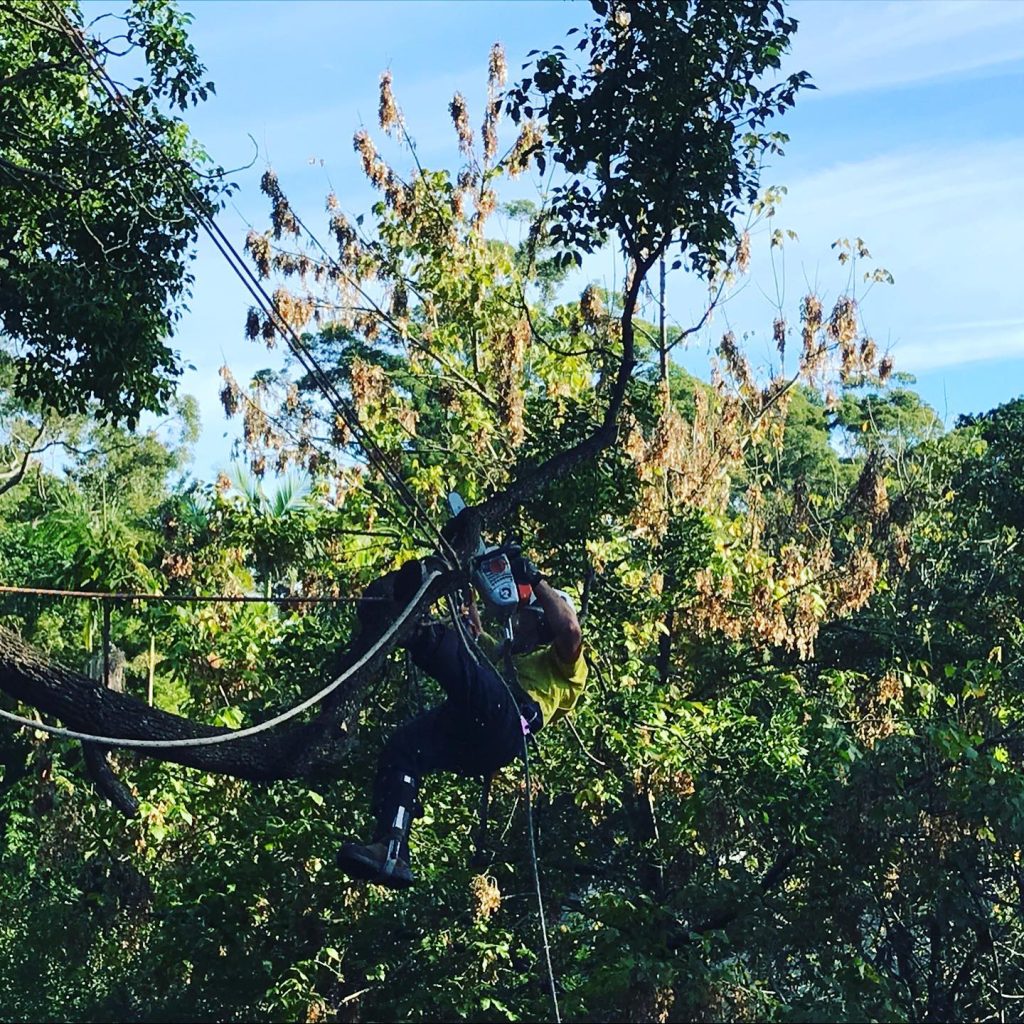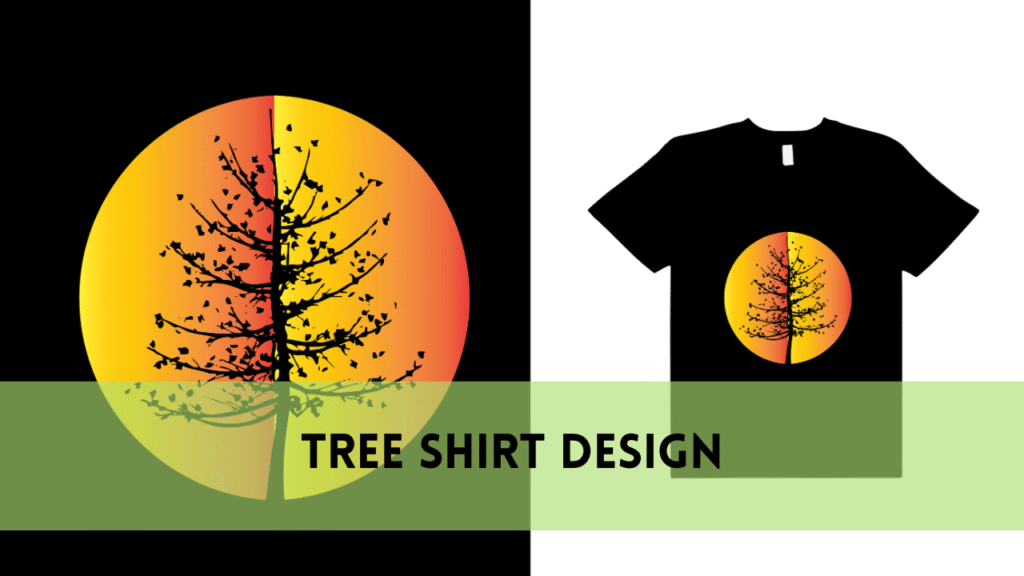How to get rid of tree stumps?
Welcome to Crosby Arborist’s detailed guide on “How to Get Rid of Tree Stumps.” Crosby Arborist, a trusted brand in arboriculture, takes pleasure in sharing professional views with homeowners to help them alter their outdoor environments. Tree stumps may be more than just a nuisance; they can pose safety issues and impede landscaping efforts. In this article, we will demystify stump removal by providing a combination of professional experience and practical suggestions.
The Importance of Tree Stump Removal
Stump removal is critical for keeping a healthy and thriving outdoor environment, thus it goes beyond cosmetic considerations. Unattended tree stumps can become breeding grounds for pests and fungus, posing a risk to the surrounding vegetation. Furthermore, they present impediments to mowing and other landscaping chores, reducing the functionality of your outside space.
Crosby Arborist highlights the importance of timely stump clearance for safety concerns. Stumps left unmanaged can be dangerous, particularly in high-traffic areas, resulting in tripping risks and potential accidents. Additionally, the decay process of untreated stumps might attract unwelcome pests, jeopardizing the health of your landscaping.
Crosby Arborist hopes to provide residents with the knowledge they need to improve the safety and attractiveness of their outside areas, encouraging a healthier and more pleasurable environment.
How to get rid of tree stumps
Methods for Stump Removal
Crosby Arborist provides a variety of successful stump removal techniques to meet a variety of needs and preferences.
Chemical removal of tree stump
Chemical stump removal involves accelerating the natural deterioration of the stump to facilitate removal. Crosby Arborist uses environmentally safe chemicals to speed up decomposition while minimizing impact to the ecosystem. This procedure is great for individuals who want a less intrusive removal method.
- Gather the essential tools, including a chainsaw, a large-bit drill, a plastic tarp, and the chemical stump remover of your choice. Wear adequate safety equipment, such as gloves and goggles.
- Trim the stump to the ground using a chainsaw. This allows the chemical to permeate new wood more effectively.
- Drill multiple holes in the stump’s top and sides using a big drill bit. These perforations act as entrance locations for the chemical.
- Follow the instructions on the chemical stump remover you’ve chosen carefully. Different products may need different application techniques and concentrations.
- Pour the chemical stump removal solution into the drilled holes. Make sure the chemical gets well into the stump.
- Some common chemicals used for stump removal include potassium nitrate.
- To retain moisture and heat, place a plastic sheet over the stump. This increases the degradation process.
- Allow the chemical to work for a few weeks. The stump will slowly weaken and rot.
- Once the stump has decomposed sufficiently, use a shovel to remove the rotting wood. Dispose of it responsibly.
Mechanical Tree stump removal
Mechanical stump grinding is a quick and efficient method for stump removal. Crosby Arborist uses specialized equipment to ground the stump into wood chips, reducing visibility and making cleaning simple. This procedure is especially useful for bigger stumps and those searching for a rapid fix.
Here is a step-by-step instruction for mechanically removing a tree stump:
- Before beginning the removal procedure, make sure you have the appropriate safety equipment, such as gloves, goggles, and ear protection.
- Purchase or hire a stump grinder, a strong equipment used for stump removal. Familiarize yourself with the controls and safety features.
- Mechanically removing a tree stump is a simple yet effective procedure that requires specialized equipment.
- Remove any rocks, trash, and loose dirt from surrounding the stump. This maintains a clear workplace and eliminates possible risks throughout the grinding operation.
- Use a chainsaw to remove any extra growth surrounding the stump, making it simpler to access and grind.
- Position the stump grinder over the stump, making sure it is centred. Adjust the height and depth based on the grinder’s specifications.
- Start the stump grinder and gradually lower it onto the stump. Begin grinding by moving the machine from side to side and working your way down the stump.
- Keep an eye on the grinding progress and adjust the depth as necessary. Continue grinding until you are deep below ground level.
- After grinding the stump, tidy up the area by removing the wood chips and soil. You may use the wood chips as mulch if you like.
- Crosby Arborist’s qualified personnel perform each procedure with care, assuring both safety and efficacy. Whether you value speed, environmental friendliness, or a mix of the two, our numerous stump removal methods ensure a bespoke solution for your unique requirements.
Understanding Soil Composition for Effective Stump Removal
Understanding soil composition is critical for successful stump removal, and it serves as the foundation for Crosby Arborist’s personalized method. Different soils bring distinct obstacles and possibilities in the removal process.
Clayey soils may require extra attention due to their compact nature, demanding particular approaches to minimize soil compaction and assure effective disposal. Sandy soils, on the other hand, may make extraction simpler but need additional precautions to prevent erosion.
Crosby Arborist’s arborists use their knowledge to examine your soil type thoroughly. This insight drives our stump removal technique, allowing us to select the best procedure for your soil’s specific features. Crosby Arborist assures the effective removal of stumps while also preserving the integrity and health of your environment by taking soil composition into account.
The Art of Safe and Efficient Stump Removal
Crosby Arborist’s dedication to quality includes the practice of safe and fast stump removal. We recognize that, in addition to removal, the procedure must prioritize safety, ensuring the well-being of your property and its residents.
Crosby Arborist takes care to guarantee safety at every stage of stump removal. Our expert personnel use cutting-edge equipment with accuracy, reducing risks and dangers. Safety regulations are meticulously followed, comprising everything from protective equipment for our people to steps to protect your property throughout the removal process.
FAQS
Can I leave a tree stump in my yard?
Yes, however this is not encouraged. Stumps can attract pests, create safety risks, and impede future landscaping work.
Is chemical stump removal eco-friendly?
Crosby Arborist uses eco-friendly chemicals that reduce environmental impact while successfully decomposing stumps.
How long does it take a stump to decay naturally?
Natural decomposition might take many years, depending on the tree type and the surrounding circumstances.
Do I require expert aid with stump removal?
While DIY options are available, Crosby Arborist emphasizes the skill and efficiency provided by professional stump removal services.
Can I plant a new tree in the same location once the stump is removed?
Absolutely. Crosby Arborist provides advice on preparing the soil after removal to create the best circumstances for fresh tree planting.
Conclusion
Finally, Crosby Arborist’s article on “How to Get Rid of Tree Stumps” is a valuable resource for those looking for practical and dependable stump removal options. Embrace our experience, follow our advice, and use Crosby Arborist’s dedication to quality to improve your outdoor environment.




